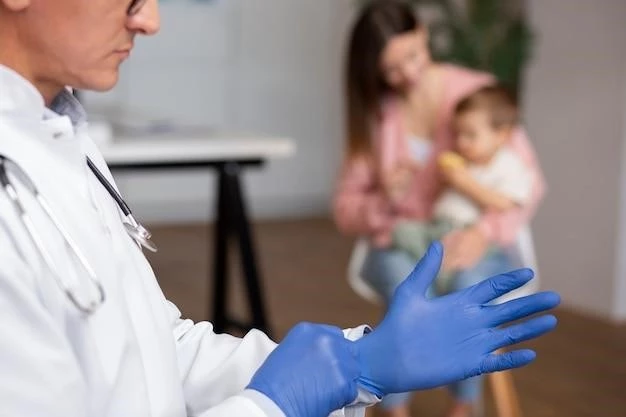Understanding Genetic Diseases and Rare Disorders in Pediatric Patients
Exploring chondrodysplasia, situs inversus, imperforate anus, polydactyly, congenital abnormalities, and rare disorders provides crucial insights into pediatric conditions.

Exploring Chondrodysplasia
Chondrodysplasia refers to a group of genetic disorders characterized by abnormal bone growth. Common types include achondroplasia and thanatophoric dysplasia. Symptoms vary but often involve short stature, disproportionately short arms and legs, bowed legs, and a large head with a prominent forehead. Diagnosis is typically done through genetic testing and imaging studies. Treatment focuses on managing symptoms and complications associated with the condition. In severe cases, surgical interventions may be necessary to correct deformities and improve quality of life. Genetic counseling is vital for families affected by chondrodysplasia to understand the hereditary nature of the disorder and make informed decisions regarding family planning. Research into this rare disorder continues to advance our understanding of its genetic basis and potential treatment options.
Understanding Situs Inversus
Situs inversus is a rare condition where the major visceral organs are positioned in a mirrored arrangement from their typical placement. It can be total, affecting all organs, or partial, involving specific organs. Situs inversus may be isolated or associated with other genetic conditions like Kartagener syndrome. Most individuals with situs inversus lead healthy lives as the condition itself does not usually cause health problems. However, it can complicate certain medical procedures due to the unusual organ positioning. Diagnosis is often incidental during imaging studies for unrelated issues. Understanding situs inversus is essential for healthcare providers to anticipate anatomical variations and provide safe and effective care to affected individuals. Advances in medical imaging technology have made it easier to identify situs inversus preoperatively, improving patient outcomes in cases requiring surgical intervention.
Imperforate Anus and its Management
Imperforate anus is a congenital condition where the opening to the anus is blocked or absent. It can range from a thin membrane obstruction to a complete absence of the anal opening. Management typically involves surgical correction to create an opening for stool passage. The type and complexity of the surgery depend on the specific anatomy and associated abnormalities. Long-term outcomes are generally positive with early intervention and proper surgical techniques. Postoperative care includes monitoring for complications like infection or obstruction. In cases of complex imperforate anus, a multidisciplinary approach involving pediatric surgeons, urologists, and gastroenterologists is essential to ensure comprehensive care. Parents of infants with imperforate anus may benefit from support groups and counseling to navigate the emotional and practical aspects of managing this condition. Understanding the challenges and treatment options for imperforate anus is crucial for healthcare providers and families to optimize outcomes and quality of life for affected children.
Polydactyly⁚ A Congenital Abnormality
Polydactyly is a congenital abnormality characterized by the presence of extra fingers or toes. It can occur in isolation or as part of a syndrome. The condition ranges in severity from a small, non-functional extra digit to fully formed and functional additional fingers or toes. Treatment depends on the complexity of the polydactyly and may involve surgical removal of the extra digit. Factors such as functionality, appearance, and associated abnormalities are considered when determining the appropriate intervention. Surgical correction aims to improve hand or foot function while maintaining a natural appearance. Follow-up care post-surgery is essential to monitor healing and ensure optimal outcomes. Genetic counseling may be recommended for families of individuals with polydactyly to understand the inheritance pattern and assess the risk of recurrence in future pregnancies. By understanding polydactyly and its management options, healthcare providers can offer personalized care that addresses the unique needs of each individual with this congenital abnormality.
Genetic Diseases and Rare Disorders in Pediatric Patients
Genetic diseases and rare disorders present unique challenges in pediatric patients, often requiring specialized care and multidisciplinary approaches. These conditions can impact various organ systems, leading to physical, developmental, and sometimes intellectual disabilities. Diagnosing genetic diseases and rare disorders in children involves genetic testing, imaging studies, and clinical evaluations. Treatment strategies focus on managing symptoms, preventing complications, and improving quality of life. Ongoing research plays a crucial role in understanding the underlying genetic mechanisms of these conditions and developing targeted therapies. Genetic counseling is key in assisting families in navigating the complexities of hereditary disorders and making informed decisions regarding genetic testing and family planning. By increasing awareness and knowledge about genetic diseases and rare disorders in pediatric patients, healthcare providers can deliver personalized and effective care to improve outcomes and enhance the overall well-being of affected children and their families.
